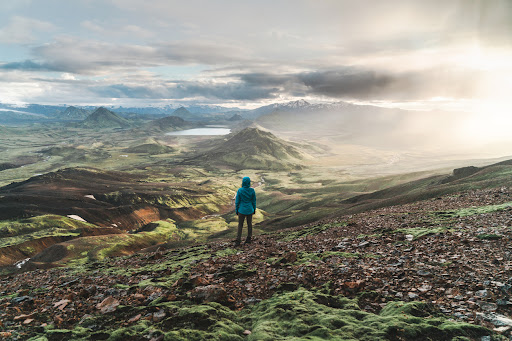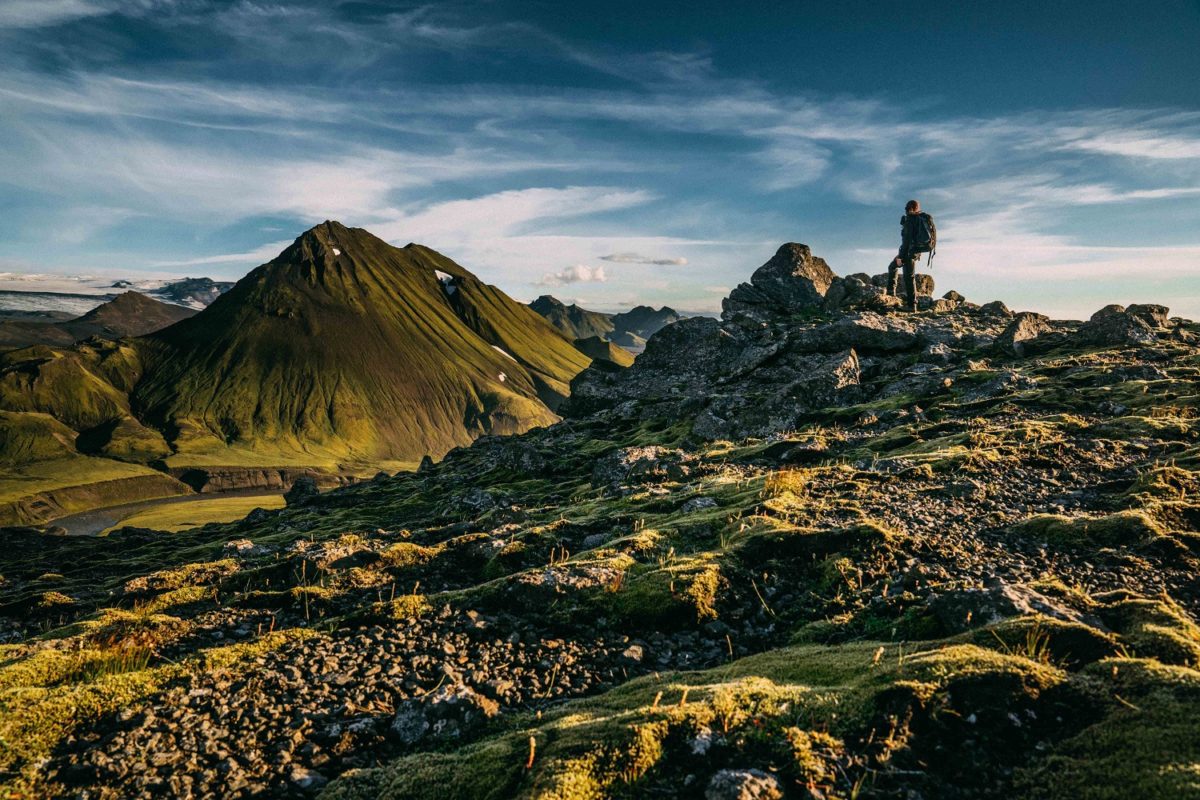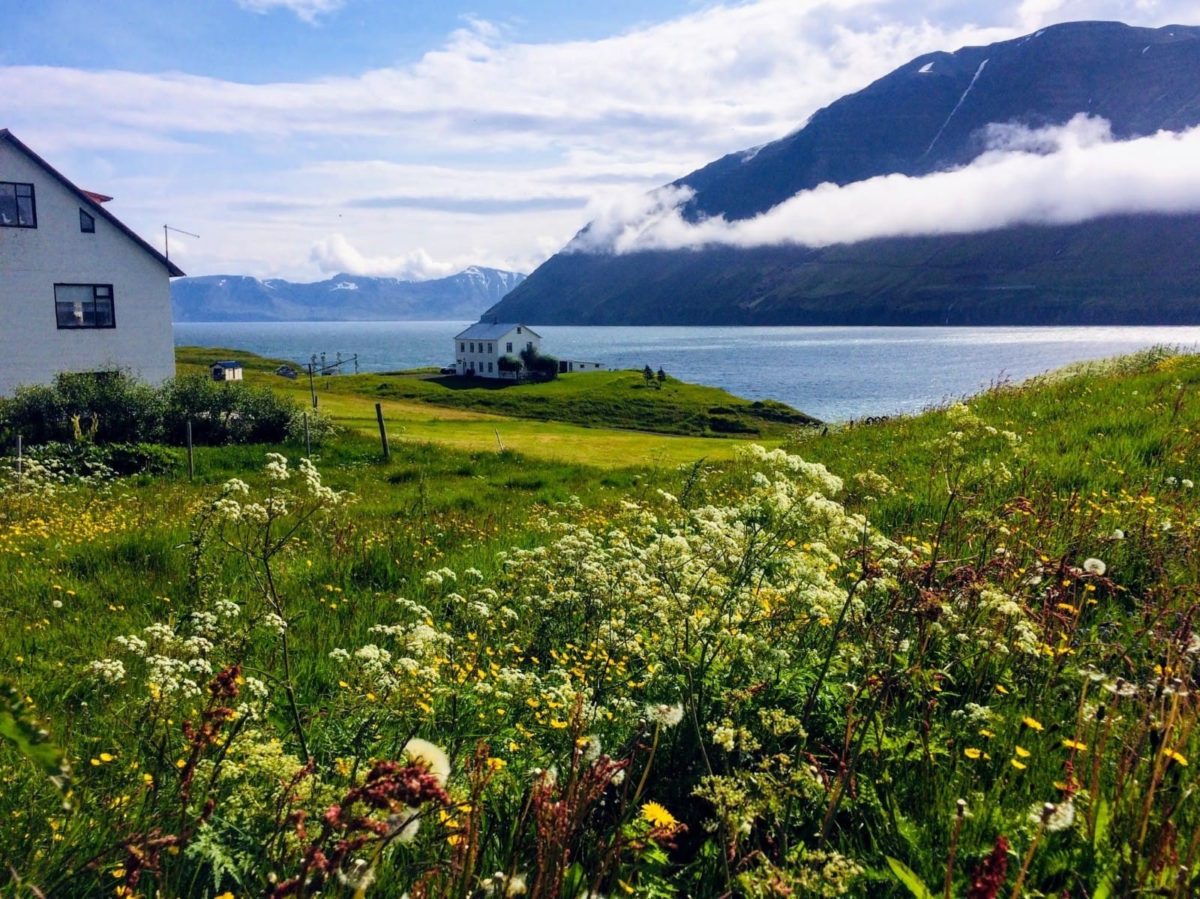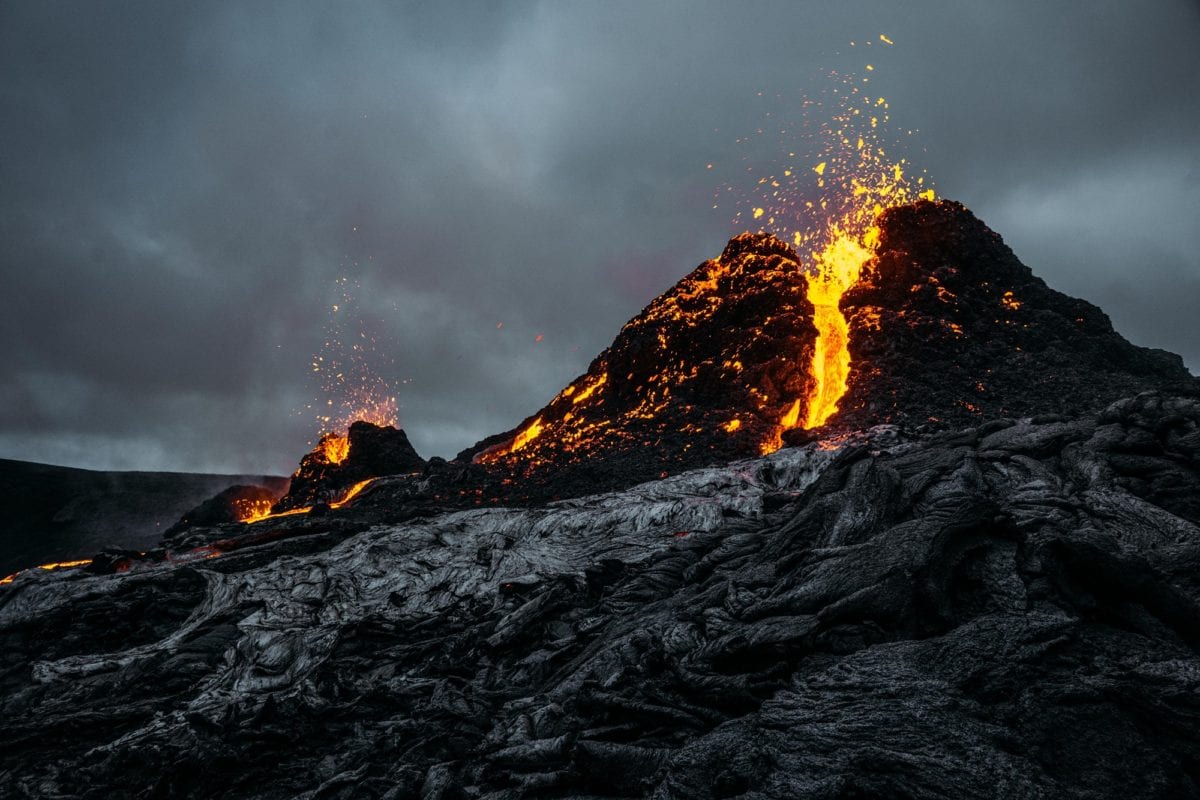Accommodation is the number-one expense for travel in Iceland: where you lay your head determines just how expensive your trip will be. The good news is that Iceland has a lot of variety in accommodation (hotels, guesthouses, hostels, and homestays); the not-so-good news is that standards are not at all standard. Iceland follows its own sense of service.
Booking.comHotels
Iceland’s most formal accommodation ranges from the passably decent to sleek design hotels to woody country lodges and a few stalwart classics. To make the most of the seasonal shift, a lot of Iceland’s schools and colleges are outfitted as tourist hotels in summer and this is the prime habitat for most large groups – if your room feels like a dormitory, that’s because it is. To help outsiders know what they’re getting, the tourist association has its own five-star classification system that grades tourist accommodation annually. For now, it is only relative internally: the only hotels to advertise their status have three or more stars, and at present, there are no five-star hotels in Iceland. A four-star hotel is the international standard for a ‘nice’ hotel and this is exactly what most people expect in Iceland, but don’t get. On the upside is an emerging class of creative boutique hotels that now dot Iceland’s towns and countryside. These are original, unique, and truly pleasant.
Guesthouses
The Icelandic gistiheimilið combines traditional Icelandic hospitality with the demand for something more personal and local. Some guesthouses look and act more like boutique hotels and others like grandmotherly bed and breakfasts. Obviously, prices are higher than the concept of a guesthouse might imply, but there are also some real gems out there that are definitely worth every penny. The best part about staying in a guesthouse is that you get to meet local Icelanders and really connect with the area you’re in. It’s worth doing the research to find a good guesthouse and book in advance.
Hostels
Once you’ve been to Iceland, you’ll be too spoiled to stay in a hostel anywhere else. Icelandic youth hostels are top quality – clean, efficient, user-friendly, and affordable. Because the cost of hotels is so prohibitive, the clientele at hostels tend to be more mature and even family-oriented. Hostelling International Iceland oversees 25 privately owned hostels, all of which are better quality than you’d find in mainland Europe. If you are planning on staying in several hostels, it is definitely worth becoming a member of YHA.
Farms
Farmstays are still the most authentic way to see Iceland, and in certain parts of the country, you won’t have any choice but to stay on a farm. Amenities are what they are – some might offer private cottages with hot tubs, others might be a re-converted barn with a single bathroom for 20 people. For more information, contact Hey Iceland.
Camping
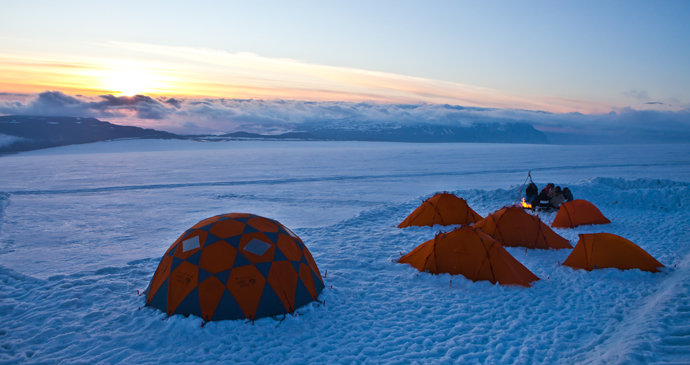
If you’re camping in Iceland make sure you have the right tent for the elements © Visit West Iceland
Camping in Iceland is for masochists, even in the summer – not only for the wetness, cold and wind (which are admittedly bad) – but also for the crowds and general chaos that surround the practice. In Iceland, every town, village, national park and nature preserve has a designated campsite in order to keep travellers from ruining the countryside. Some campsites are very plush (hot showers, kitchens, drying rooms, clean toilets, etc); others are pretty basic (toilets and cold water only). The Icelandic government should be applauded for its efforts to provide a safe and comfortable place for campers, and kudos to the locals who go to great lengths to keep these sites clean. Alas, the main threat to campsites are the campers themselves, who, as a whole, can be downright obnoxious and untidy.
Mountain huts
The Icelandic Touring Association manages nearly 40 mountain huts (skálar) located throughout the remotest parts of Iceland. This is not luxury accommodation by any means, but a place for hikers to unroll a sleeping bag and get out of the weather. Guests are expected to contribute to the upkeep of these cabins by paying a fee, paid into a lockbox in the cabin. While some huts are left virtually unused, others (like Landmannalaugar and Thórsmörk) get booked out solid. If you’re planning a mountain hike, then guarantee a space by booking in advance.
Emergency huts
You know things are bad if you’re staying in one of these. Iceland’s emergency huts are painted bright fluorescent orange and are situated in the most isolated and dangerous parts of the country: think barren coastlines, high mountains, empty deserts, and the tops of glaciers. Almost every decent map of Iceland will show all the locations of emergency huts (normally a red house symbol). Inside the huts you’ll find emergency rations of food, bedding, and a radio to contact emergency help. If you are caught up in terrible weather, then the huts are there to help you survive. They are not there to camp out in and non-emergency use is illegal.
Related articles
Laugavegur is one hell of a hiking trail. Stretching from the Landmannalaugar geothermal springs to the dramatic Þórsmörk valley, it takes you through some of the most striking landscapes in southern Iceland, including howling glaciers, obsidian deserts, secluded waterfalls, and multi-colored mountains. Given the variety of the landscapes and sheer density of awesome vistas, narrowing…
From trekking in Landmannalaugar to exploring the Thorsmork Valley.
Wild, remote and savage – Iceland truly is the land of the unexpected.
“Now is the time to see Iceland in a new light – without the tourists.”
Amarok Adventures share their experience of hiking to the Gates of Hell.
